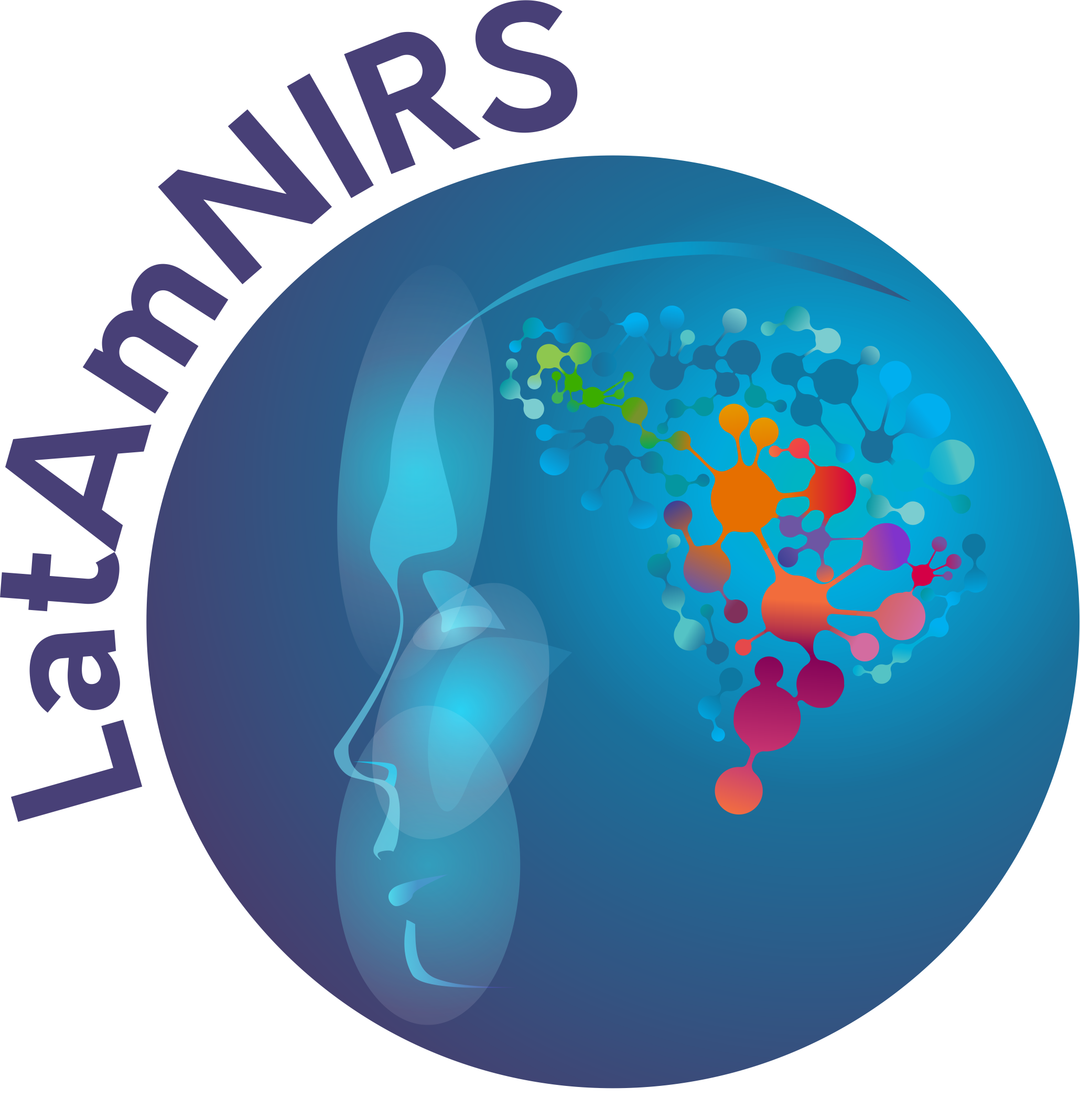Resting-State Networks
Definition: Resting state networks are a set of functional networks exhibited by the brain over its range of possible tasks, encompassing various spatially distinct neural systems, including the medial visual and lateral visual, auditory, somatosensory, motor, cerebellum, executive control, parietal memory, medial temporal lobe, salience,and frontoparietal or dorsal visual stream networks as well as the default mode network (DMN). These networks are constructed based on the signal fluctuations measured from the brain during rest and reflect the neuronal baseline of the brain, representing the state of the human brain in the absence of goal-directed neuronal action and external input.
Alternative definition:
Synonym: Reference(s): https://doi.org/10.1073/pnas.1007921107
References: E. Kandel. Principles of Neural Science, Fifth Edition. Principles of Neural Science. McGraw-Hill Education, 2013.https://doi.org/10.1038/s41598-023-33780-1 https://doi.org/10.1016/j.jneumeth.2020.108790
Related terms: Resting-State Functional Connectivity (RSFC), Functional Connectome
